Root Canal Costs in Australia – The Definitive Guide
If you have been advised by a Dentist that you need a root canal, you may find yourself wondering – what does the average root canal treatment cost?
The average cost of an entire root canal treatment varies between states and depends upon what tooth procedure is being performed. It can range from $739 if your tooth has one canal, to $2216 on a tooth with four canals.
Today I will provide the average cost for root canal treatments in each state of Australia.
I will discuss the Item codes that make up a root canal, and whether you need to have all of these performed.
Lastly, I will discuss if you can save money on the cost of a root canal procedure.
Average Root Canal Costs for Each State
The average cost for a root canal treatment varies between each state. I will go through these, one by one below.
I’ve used our Dental Cost Calculator to find the costs in each state. You can search for other treatments and their costs within Australia as well.
What Item Codes Make Up a Root Canal and What Are They?
There are many Item Codes for a root canal.
They depend upon the level of treatment that you require (that is, how bad your infection is), and what tooth is being treated (so, how many canals it has).
415 – Chemo-mechanical preparation – 1 canal
This is the start of a root canal treatment.
It takes place when there is inflammation in a root canal, as it stops bacteria from spreading and causing even more severe inflammation, pain and swelling.
It includes;
- Cleaning the inside and walls of one canal to remove all pulp or necrotic tissue, which involves identifying, enlarging, and reshaping your canal.
- Flushing the canals with chemicals and antiseptics/antibiotics.
- Sealing your canal until your next visit.
416 – Chemo-mechanical preparation – each additional canal
This is as Item 415, but to be added for each extra canal, for a tooth with multiple canals.
417 – Obturation – 1 canal
This is the filling a single root canal – to obturate a canal means to block the inside of your tooth from the rest of your body.
This allows your body to cure any infection in the bone outside of the roots, preventing your body from becoming re-infected.
It is performed after Item 415/416, often with at least a weeks’ break in between, as this ensures that you have no symptoms, and any infections have settled.
The treatment involves the;
- Removal of your temporary filling from your previous visit.
- Use of pliable filling material to seal your canals, which will remain in place until your final reconstruction (i.e. another filling or crown).
An important point to note is that the root canal filling is only is good as this filling.
418 – Obturation – Each additional canal
This is as Item 417, but to be added for each extra canal, in a tooth that has more than one canal.
419 – Extirpation pulp/debridement of root canal(s)
This refers to removing either all or part of the pulp and from the root canal of your tooth.
It is used as either an emergency or pain-relieving treatment, as the first step in a root canal treatment.
The pulp is the soft area within your root canal – often cited as the nerve that draws the length from the root almost to the tip of your tooth.
This is what allows you to feel hot, cold, and the pain of the infection.
When you remove the pulp, you are basically removing the nerve, so the tooth cannot feel anything – it is lifeless.
However, the outer shell of your tooth can still operate normally.
Your root canal can become so badly decayed by a build-up of tartar and plaque that Items 415/416 can no longer be performed.
Leaving the tooth untreated means the tissue surrounding it will also become infected, so this Emergency treatment is absolutely necessary, as;
- The damaged pulp causes bacteria to reproduce within your pulp chamber, which along with other debris, can lead to an infection or abscess.
- The infection may spread swelling to other parts of your head, face, or neck.
- You may lose bone from around the tip of the root of your tooth.
- You might get issues with drainage extending outwards from the root of your tooth, causing holes in your tooth or cheek, and drainage into your gums or skin.
So, a Dentist will remove all the infected tissue, which effectively removes all bacteria, and place a sealant on the tooth until your next visit.
Do You Need to Have All of These Performed for a Root Canal?
Basically, there is only one type of root canal treatment, where a Dentist is going to be able to save your tooth.
However, the treatment, and thus the Item Codes, that you will require will depend on how many canals are in your tooth.
Your front teeth only have one canal. The middle teeth can have one or two canals. Your back teeth can have up to three or four canals.
So, the difficulty of the treatment, and therefore the cost, increases based on how many canals you have.
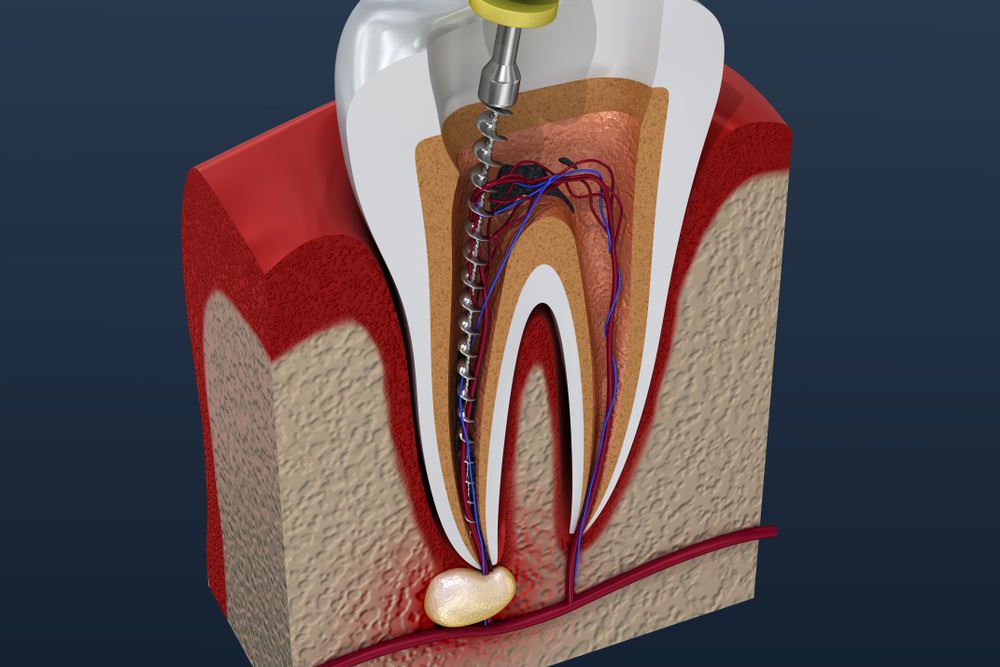
A 3D Image of a Root Canal Treatment
Root Canal Explained
To clarify, a canal is a where the nerve of your tooth is, so it is where you have life to the tooth.
Once you remove the nerve, the tooth is dead – it no longer has any nutrition, or blood supply.
The traditional picture you see of a tooth with the little feet sticking out of the bottom – this is where your canals are.
Another classic image is a tooth with roots underneath it. Your canals are inside those roots.
So, a picture of a tooth with four roots, like a little stool sitting up, is of your back molar.
But let’s say you’re having a root canal procedure performed, on a tooth that has two roots.
Your canals are in those two roots, which is what you lose during the root canal procedure. Having lost your nerve, you have lost life to the tooth, but will keep your tooth.
This also explains the importance behind the multiple Item Codes for the entire root canal treatment.
From the time you begin until the time you finish your procedure, your tooth will undergo multiple changes.
If you want the tooth to last long term once the procedure finishes, you will first need to have a filling put on the tooth.
Eventually, a crown will have to go over the tooth.
Having a Crown
If you choose not to have a crown put over the tooth, and instead leave the filling in place, there is no guarantee how long the tooth will last.
It depends on how much of the tooth structure is missing. The more that’s missing, the more fragile it is.
So, if you bite down on something, you can pull the entire tooth out. Or, it can split. And, once it splits all the way down to the root, it is gone for good.
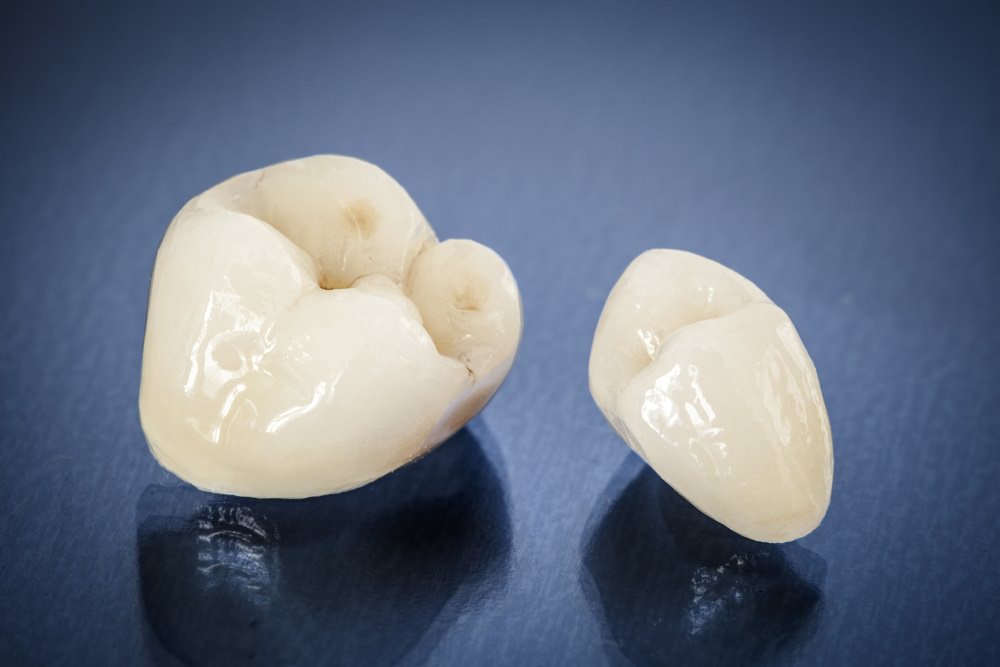
Metal-free, ceramic crowns
Unfortunately, this can also happen with a crown on the tooth.
But a crown is like a little helmet placed on top of the tooth. It helps protect it, keeping it safe for a little bit longer.
But there is no guarantee it will last forever – it is all about the way you bite and eat.
How to Save Money on Root Canal Costs
The only way to save money on a root canal procedure is to shop around for a better price.
So, let’s say you go to one Dentist and get your Treatment Plan containing your Item Codes, and maybe it’s above average.
Now you know what treatment you need, you can try going to different Dentists’, to see if you can get a better price.
Other than that, there is really nothing you can do to save money on a root canal, as the procedure has a fixed price.
There may be only one other option if you are unsure about having the procedure, or do not have the finances.
Sometimes, if your tooth is not in great condition, you may be able to delay the procedure.
This involves the Dentist putting a form of medicine in the tooth, that can stay in there for up to six months – if you do not have any issues with it in that time.
The medicine will stop you from feeling any pain, and allow you time to either;
• Think about whether you want to save the tooth, or
• Gather your finances.
But this medicine will not actually fix the problem.
It is more like a Band-Aid – a short-term solution, giving you time to figure out what you want to do.
The Dentist will tell you that “We can use this to fix this for X number of months”, but you are not solving the problem.
The only way to solve the root cause of the problem is by undergoing the whole root canal treatment.
But if you need time, it will allow you this.
Conclusion
A root canal is a rather complicated treatment.
You may have to visit the Dentist twice, other times it will take two or three appointments.
It really depends on how your tooth is responding to the treatment.
However, if the tooth can be saved, and there is enough tooth structure left for it to be practical (i.e. not weak), then it is preferred over removing the tooth.
Do you have any concerns about having a Root Canal Treatment?
By Anthony Cade
Created at October 03, 2020, Updated at January 25, 2025
Sorry, the comment form is closed at this time.


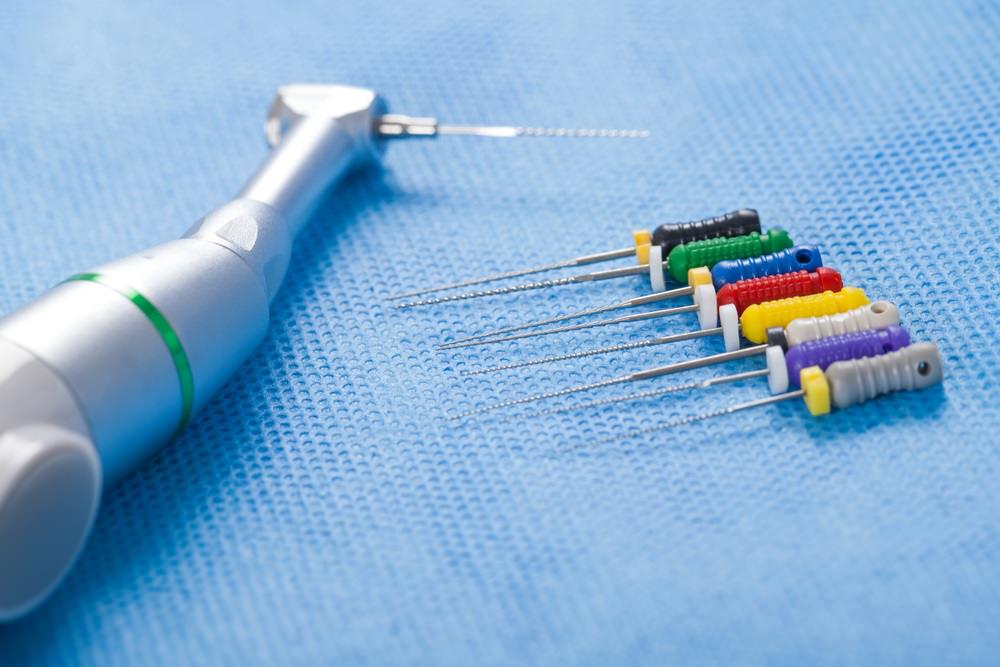
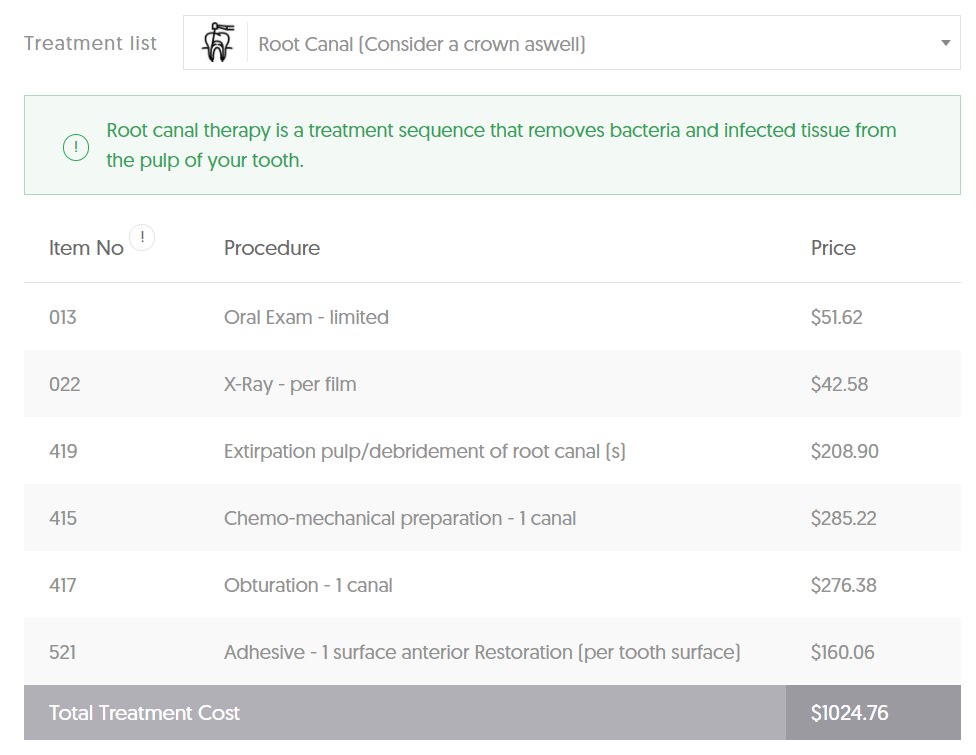
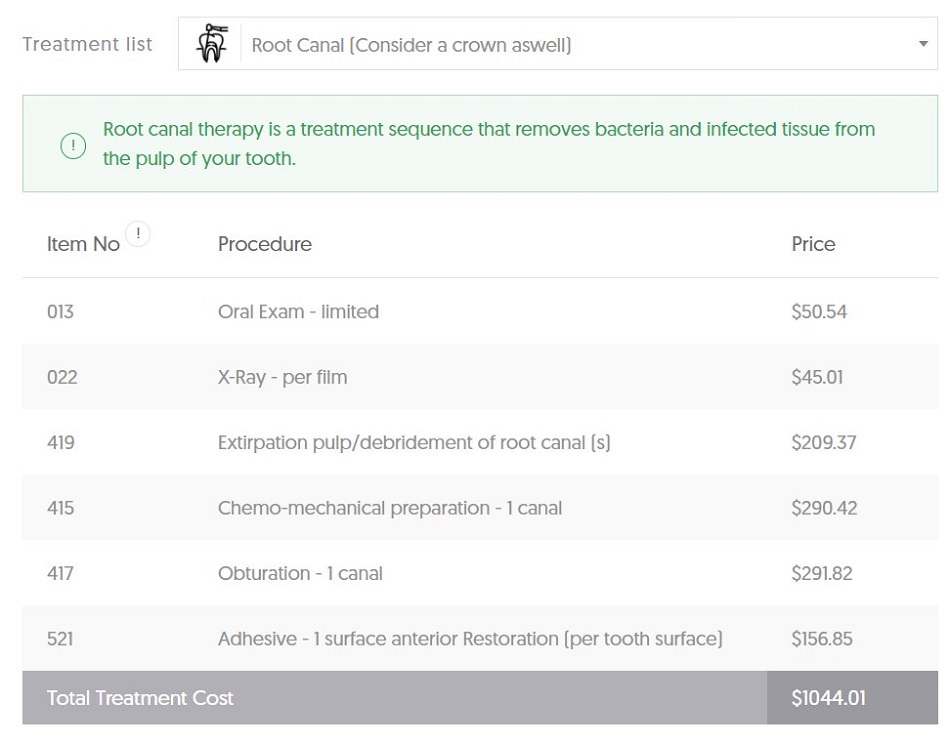
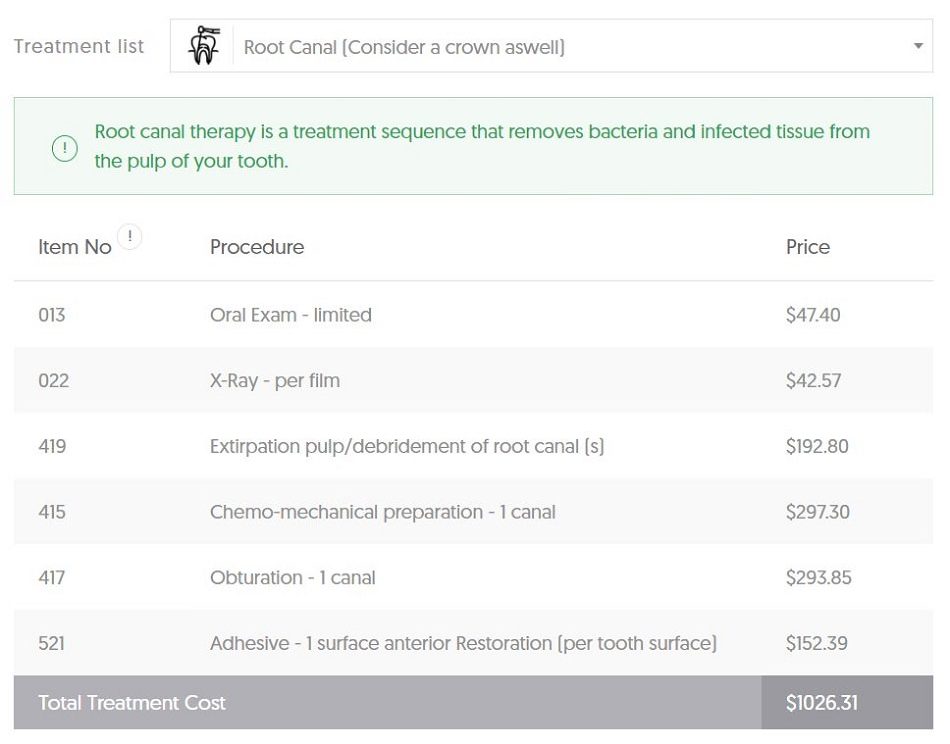
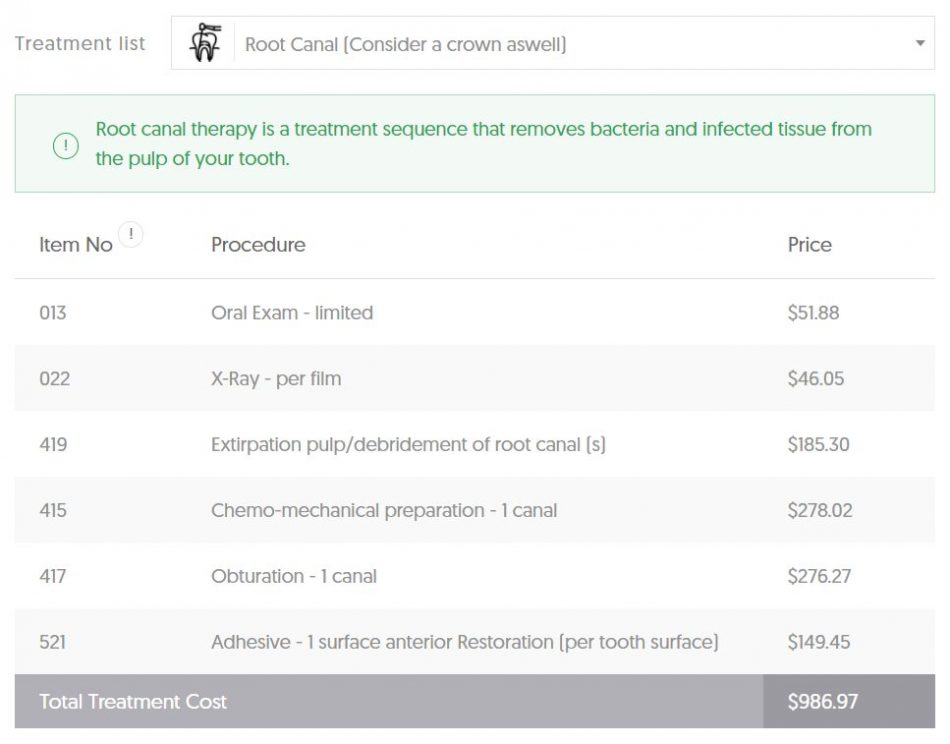
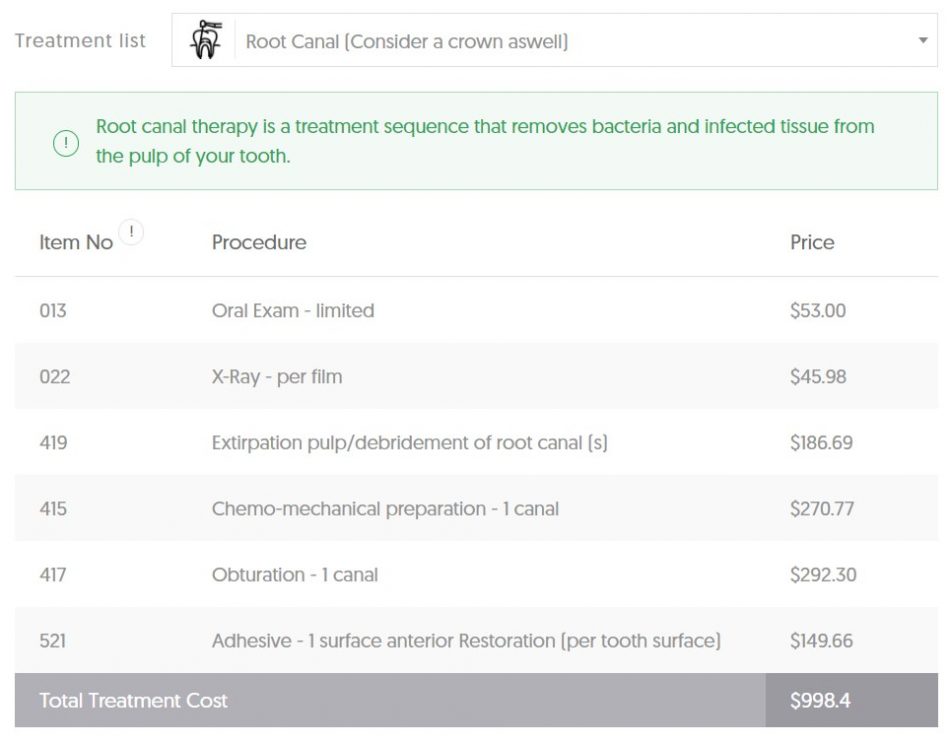
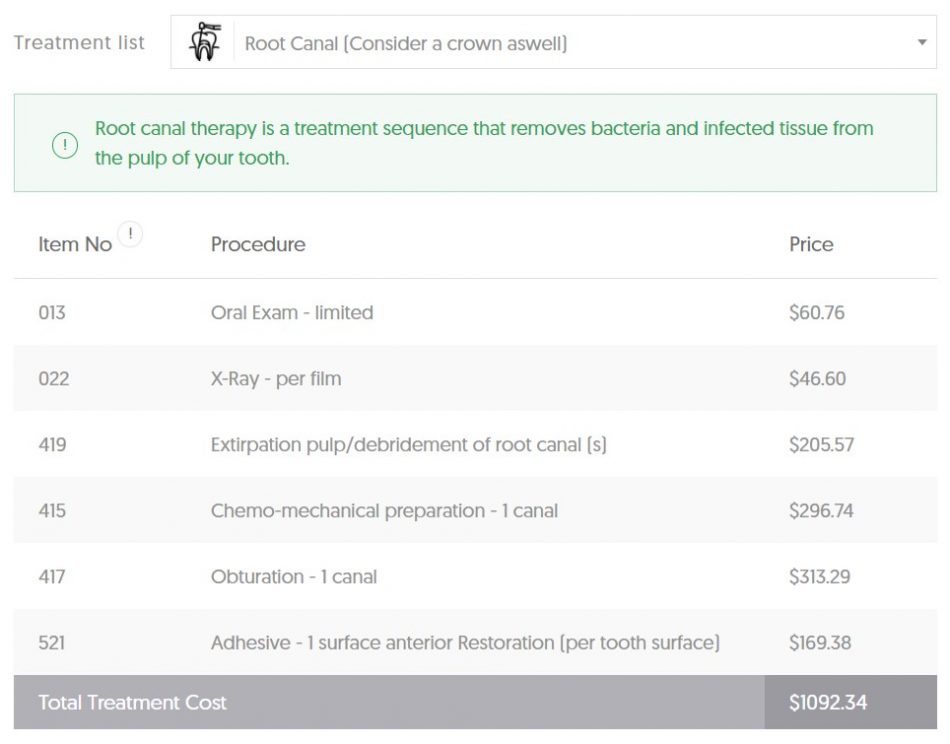
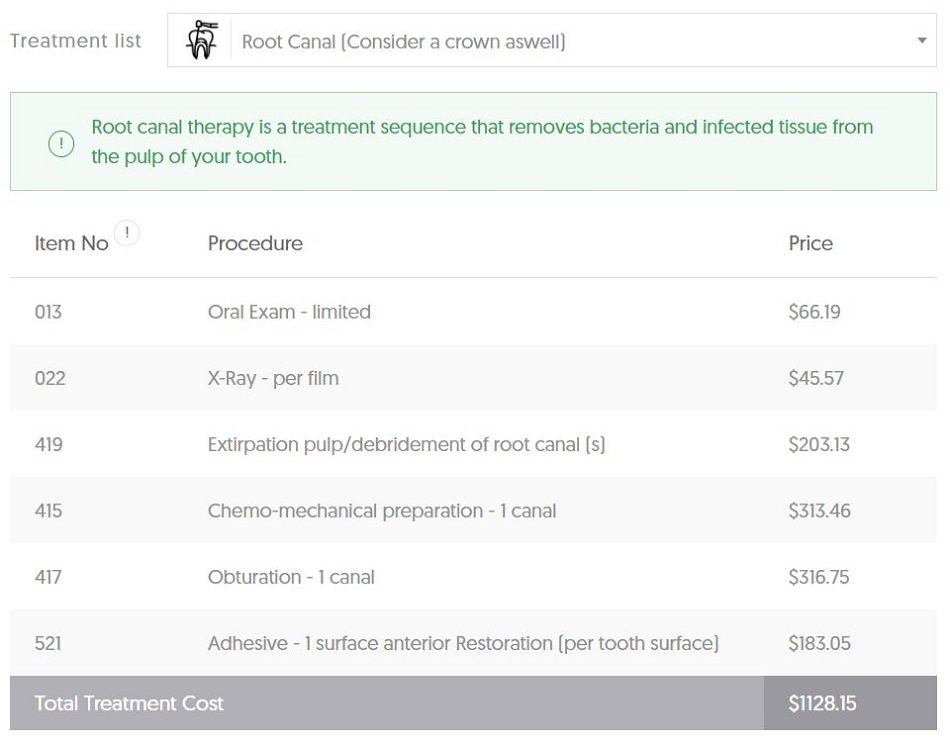
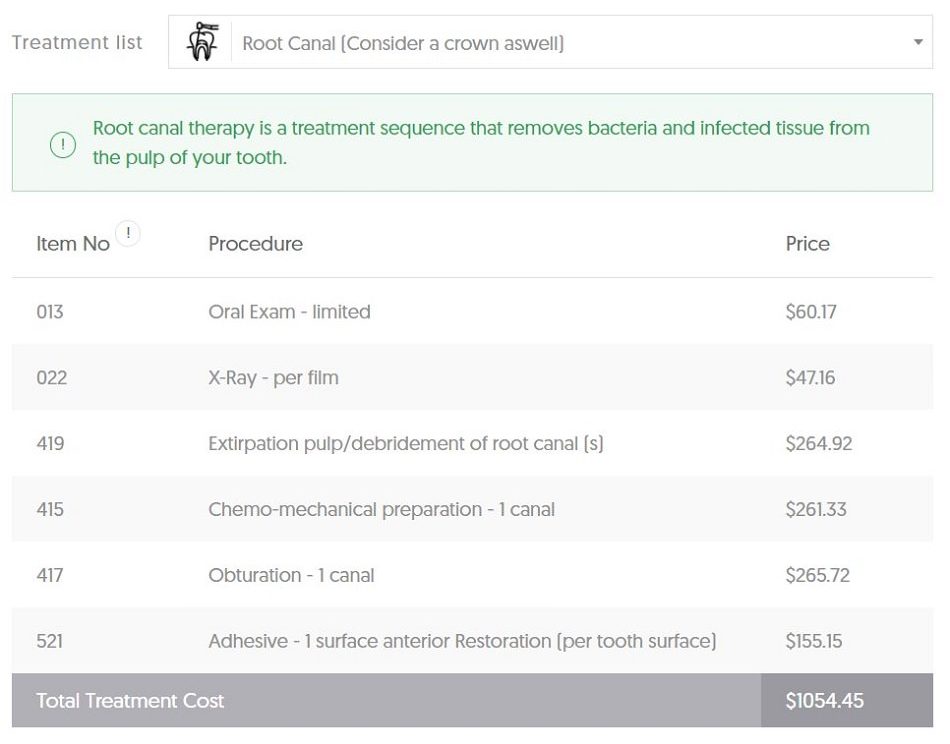




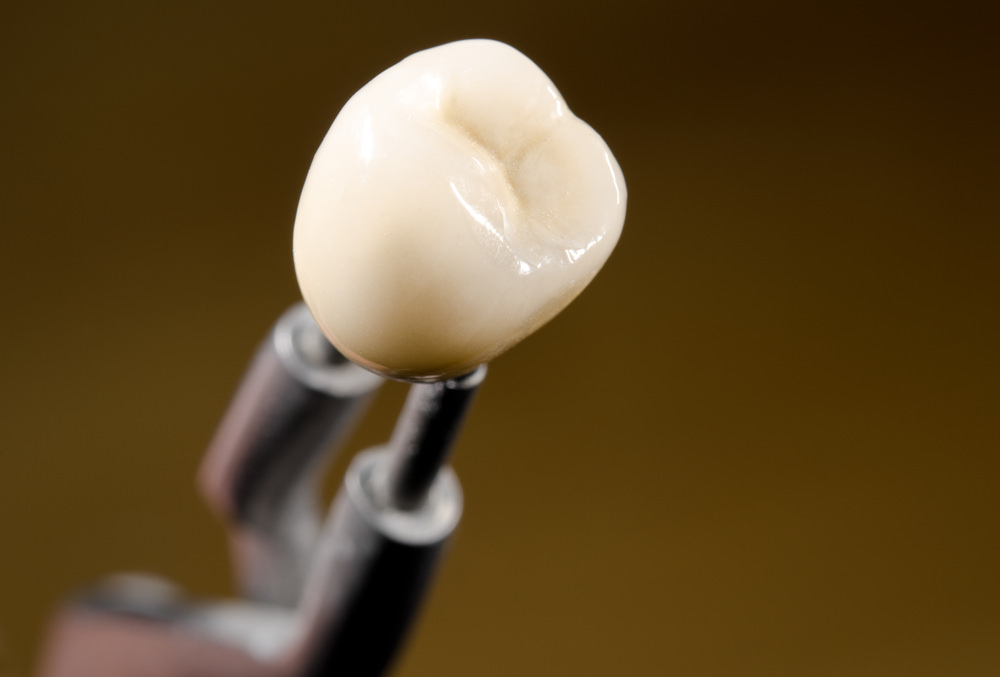
DR GREG CESCO2 years ago
excellent article explaining all aspects of dental root treatment ,crown and cost with item numbers
Sandra Korpela2 years ago
Thank you. Good information